Details of the Target
General Information of Target
Probe(s) Labeling This Target
ABPP Probe
| Probe name | Structure | Binding Site(Ratio) | Interaction ID | Ref | |
|---|---|---|---|---|---|
|
IA-alkyne Probe Info |
 |
C185(10.87) | LDD1705 | [1] | |
PAL-AfBPP Probe
| Probe name | Structure | Binding Site(Ratio) | Interaction ID | Ref | |
|---|---|---|---|---|---|
|
C017 Probe Info |
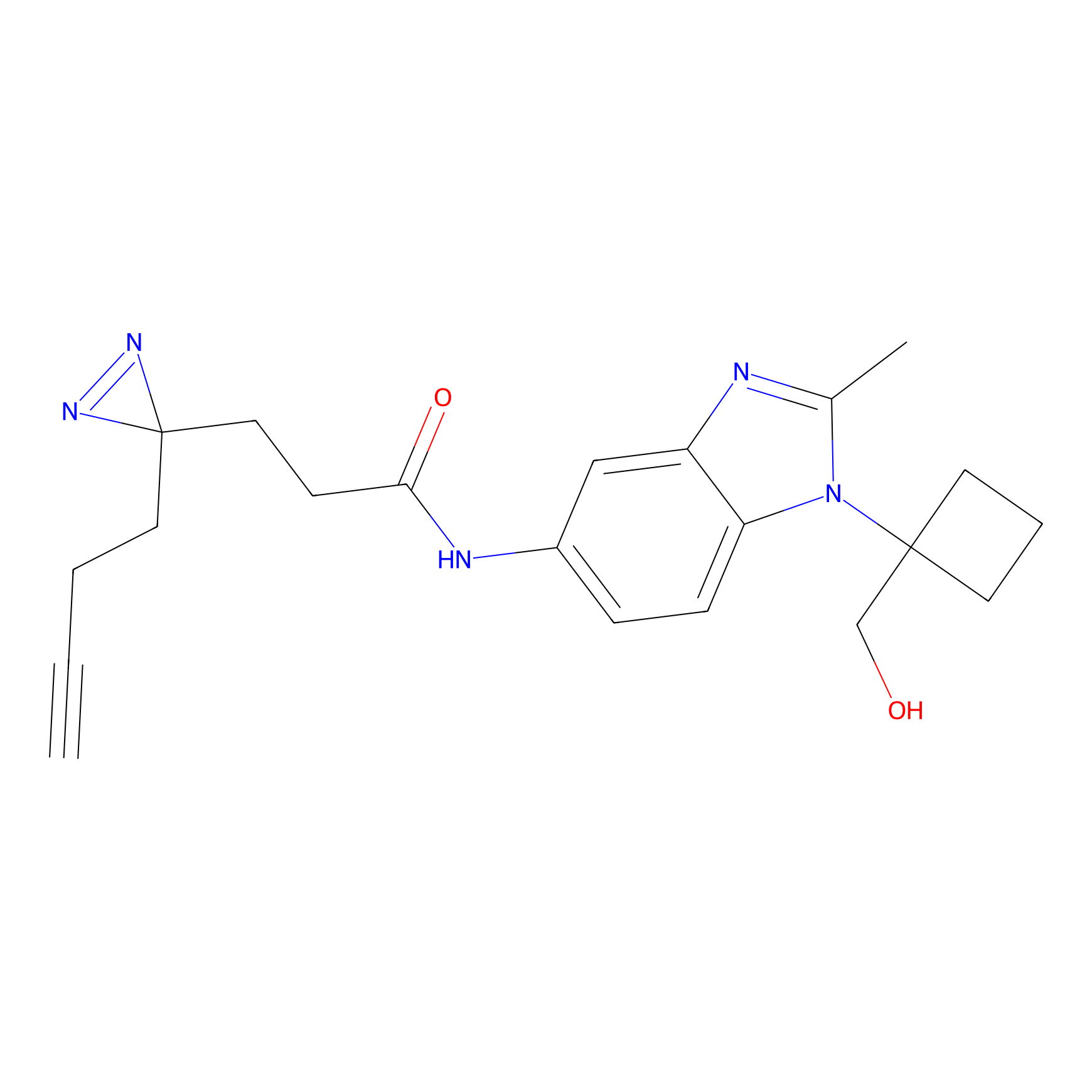 |
24.76 | LDD1725 | [2] | |
|
C055 Probe Info |
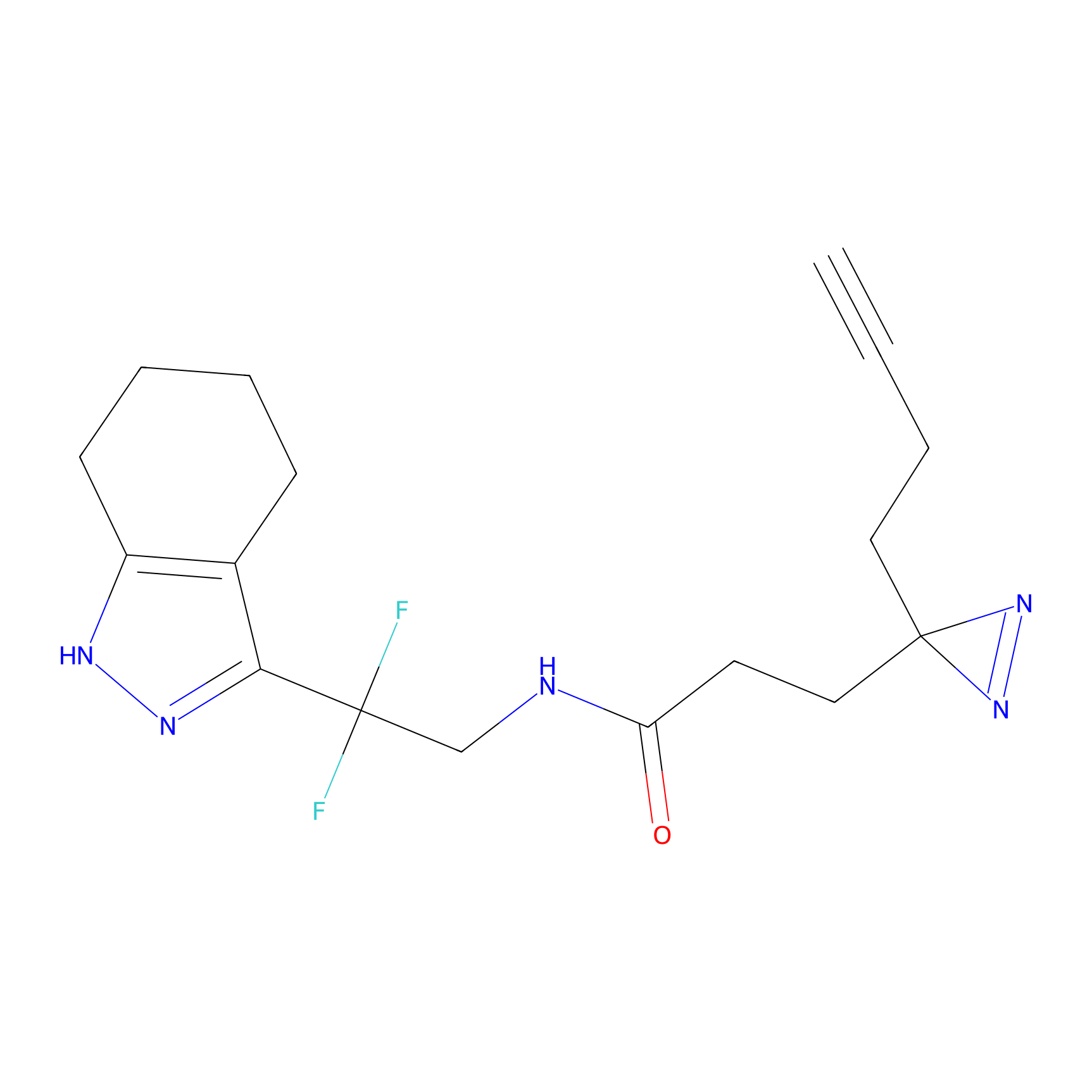 |
26.72 | LDD1752 | [2] | |
|
C056 Probe Info |
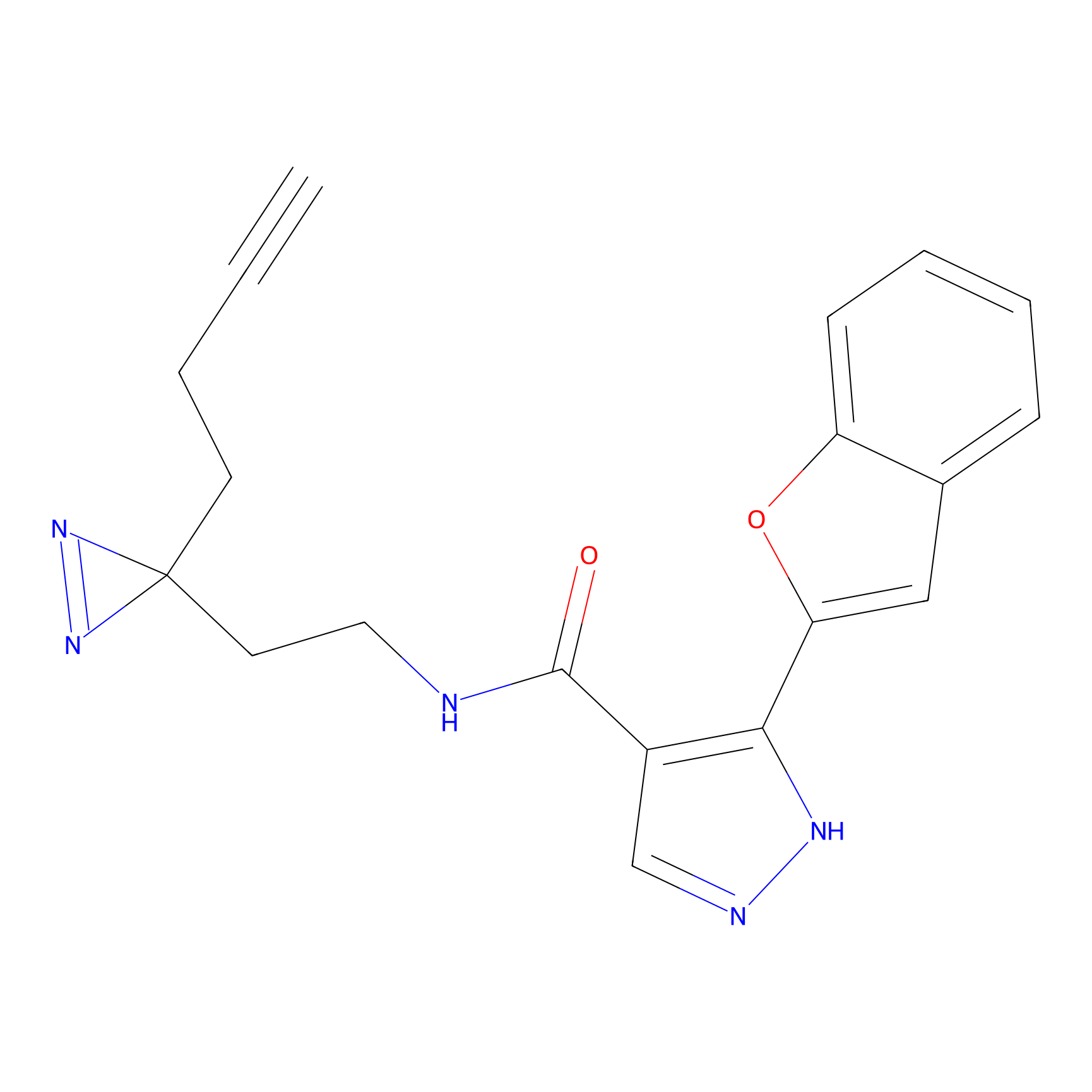 |
36.00 | LDD1753 | [2] | |
|
C383 Probe Info |
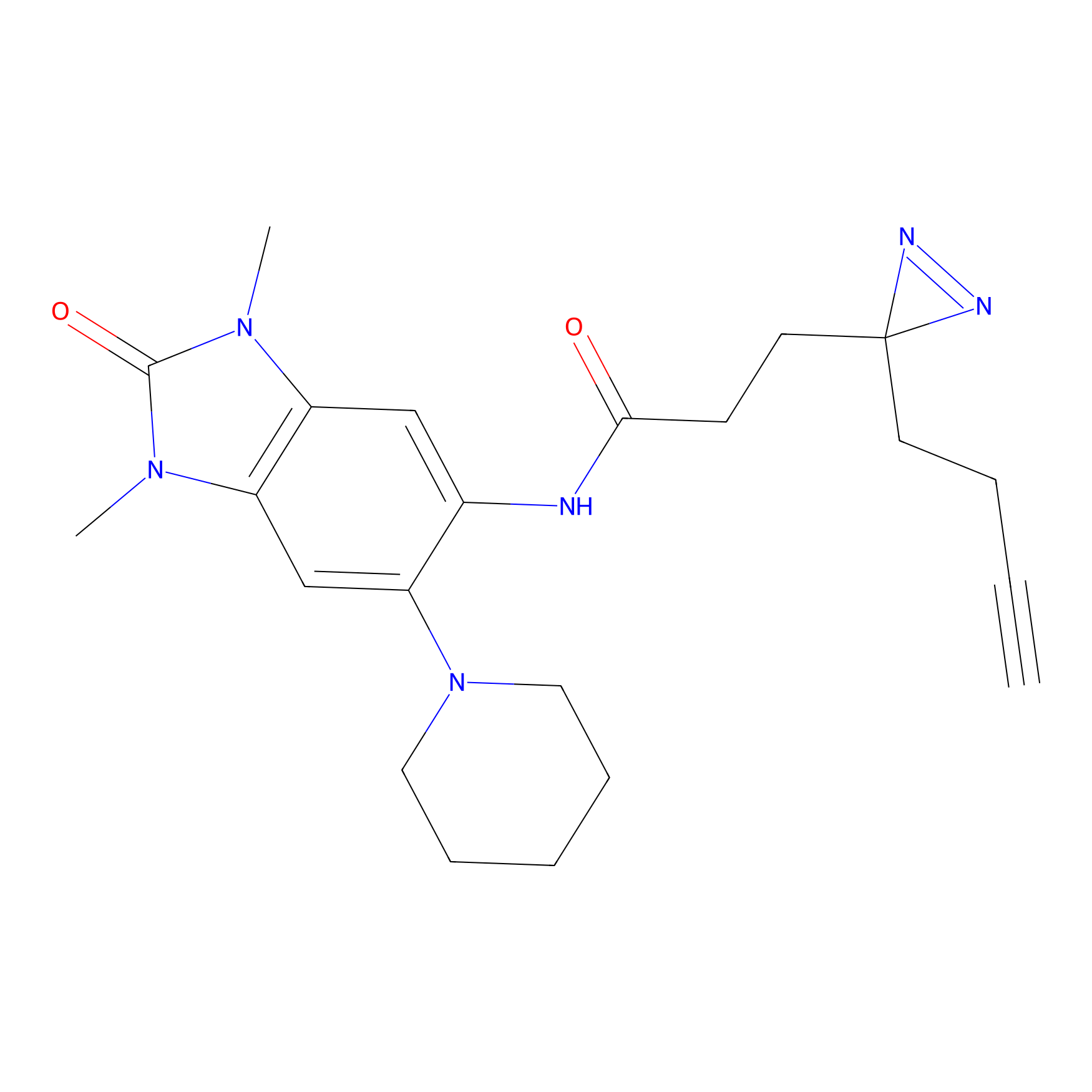 |
28.64 | LDD2042 | [2] | |
|
C385 Probe Info |
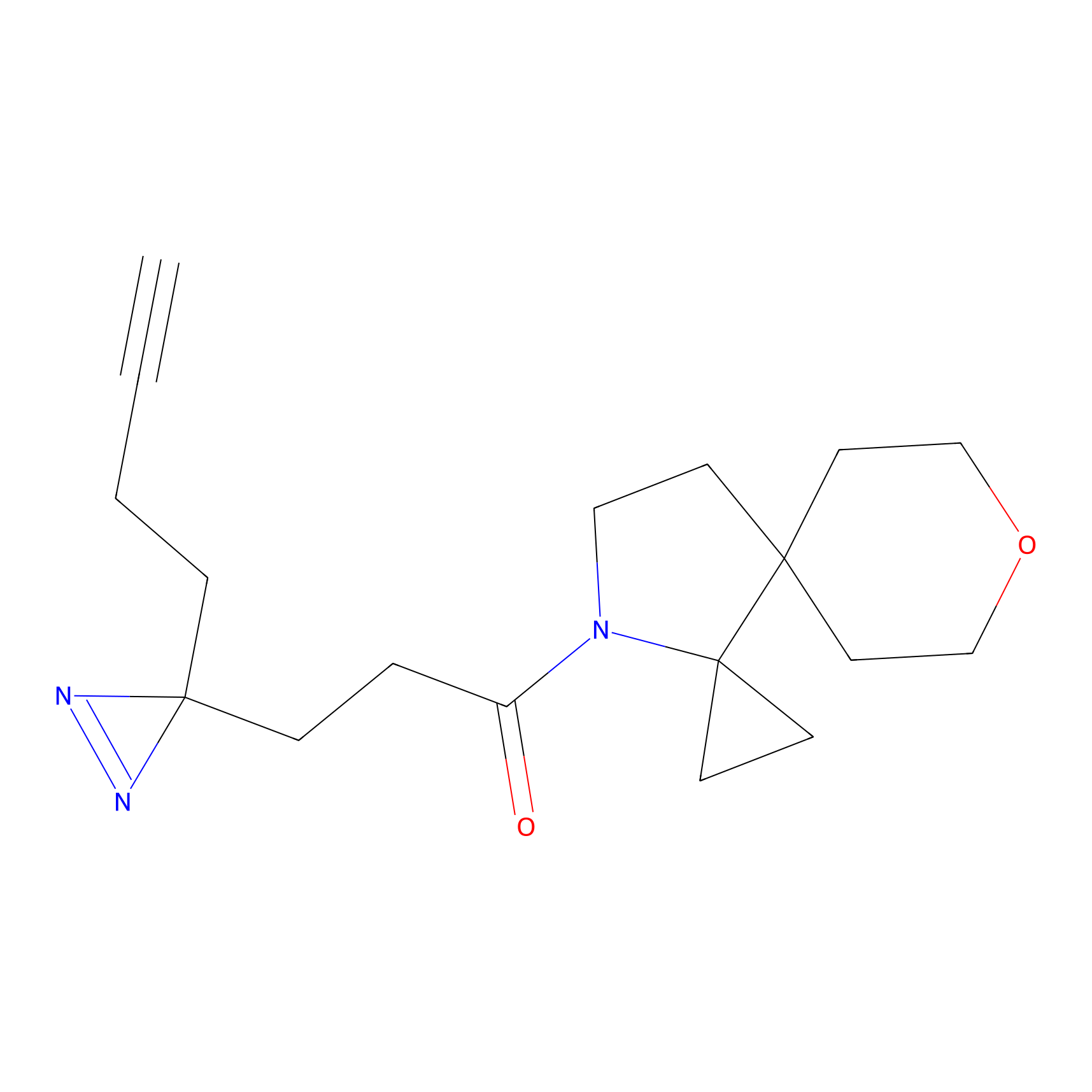 |
5.06 | LDD2044 | [2] | |
|
C386 Probe Info |
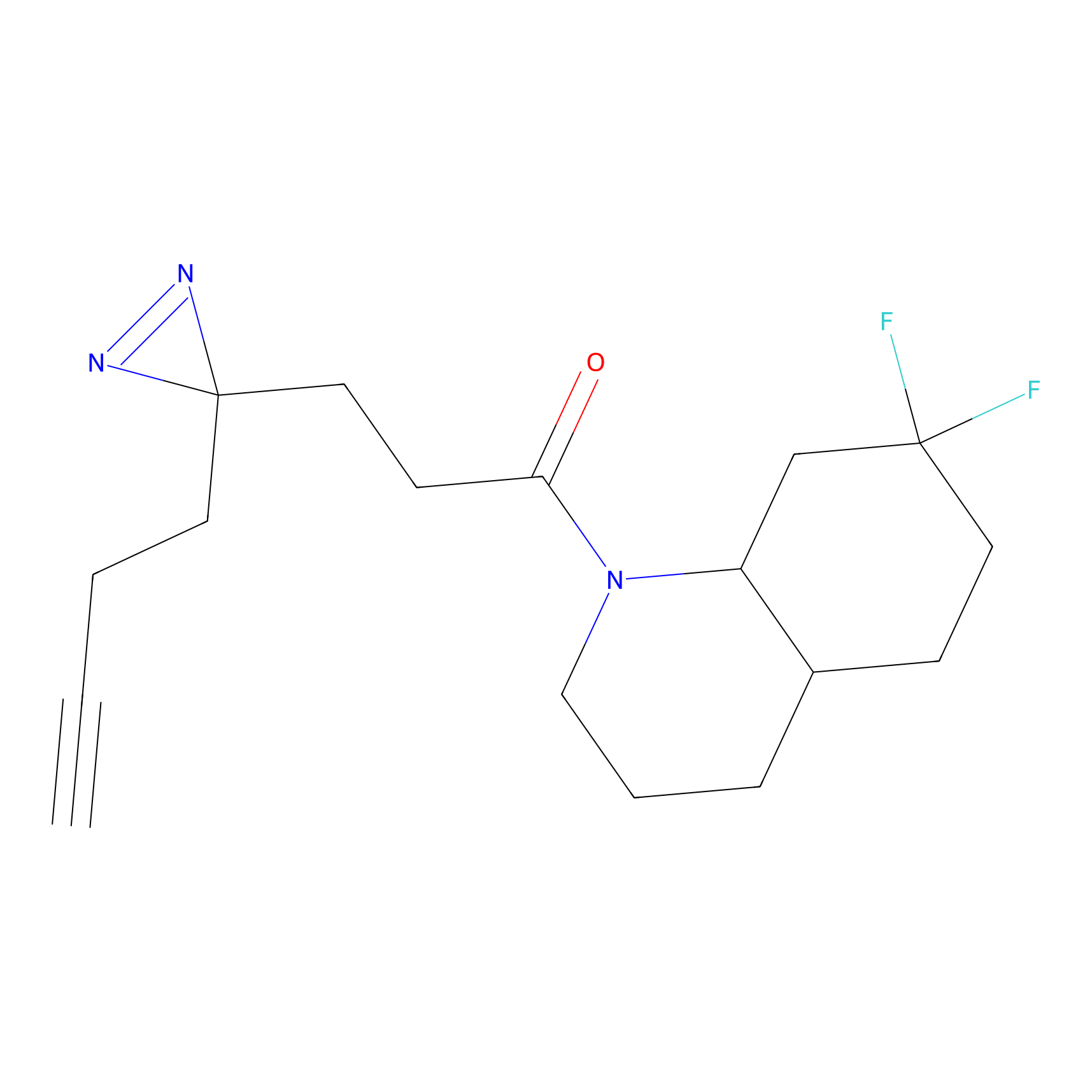 |
17.39 | LDD2045 | [2] | |
|
C388 Probe Info |
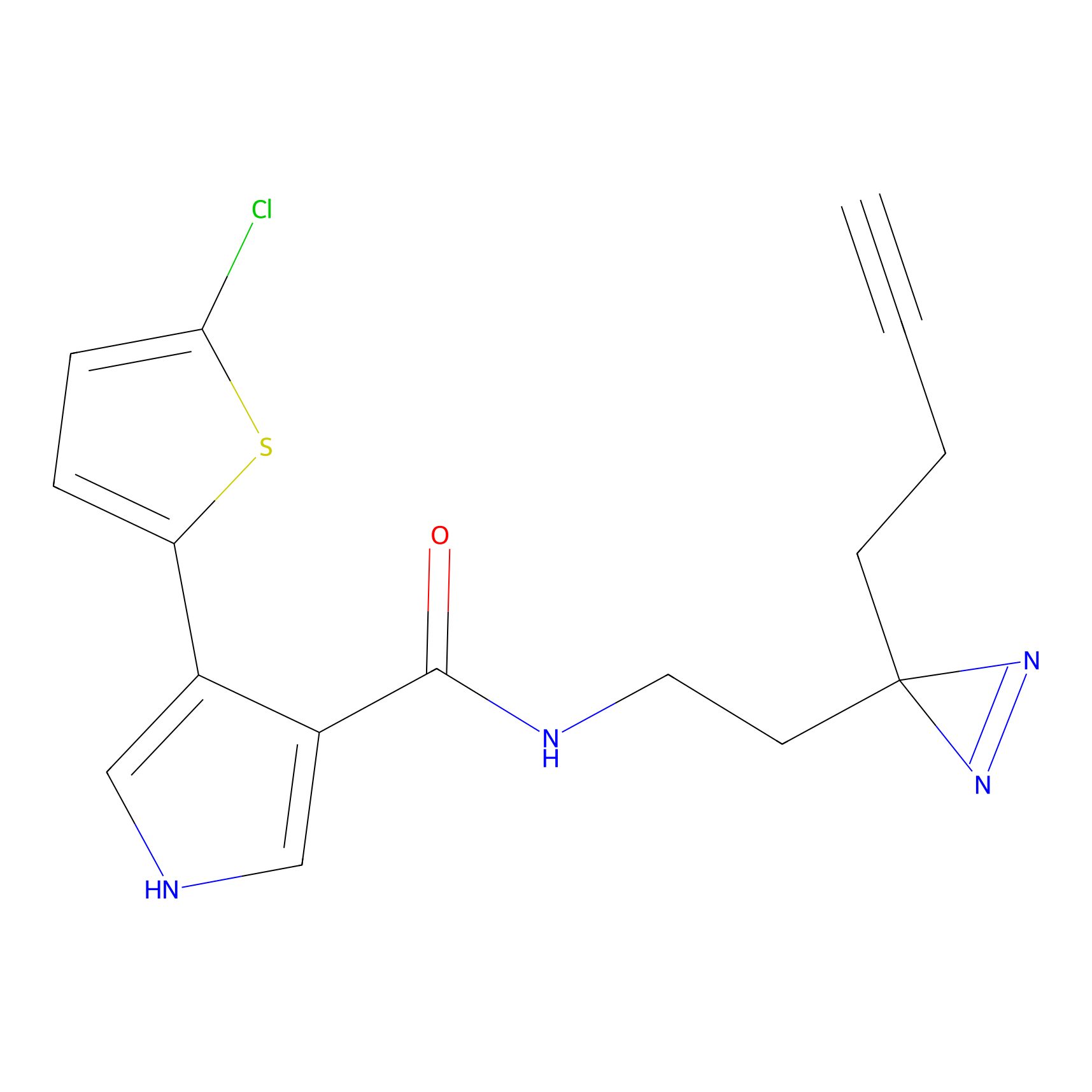 |
40.79 | LDD2047 | [2] | |
|
C389 Probe Info |
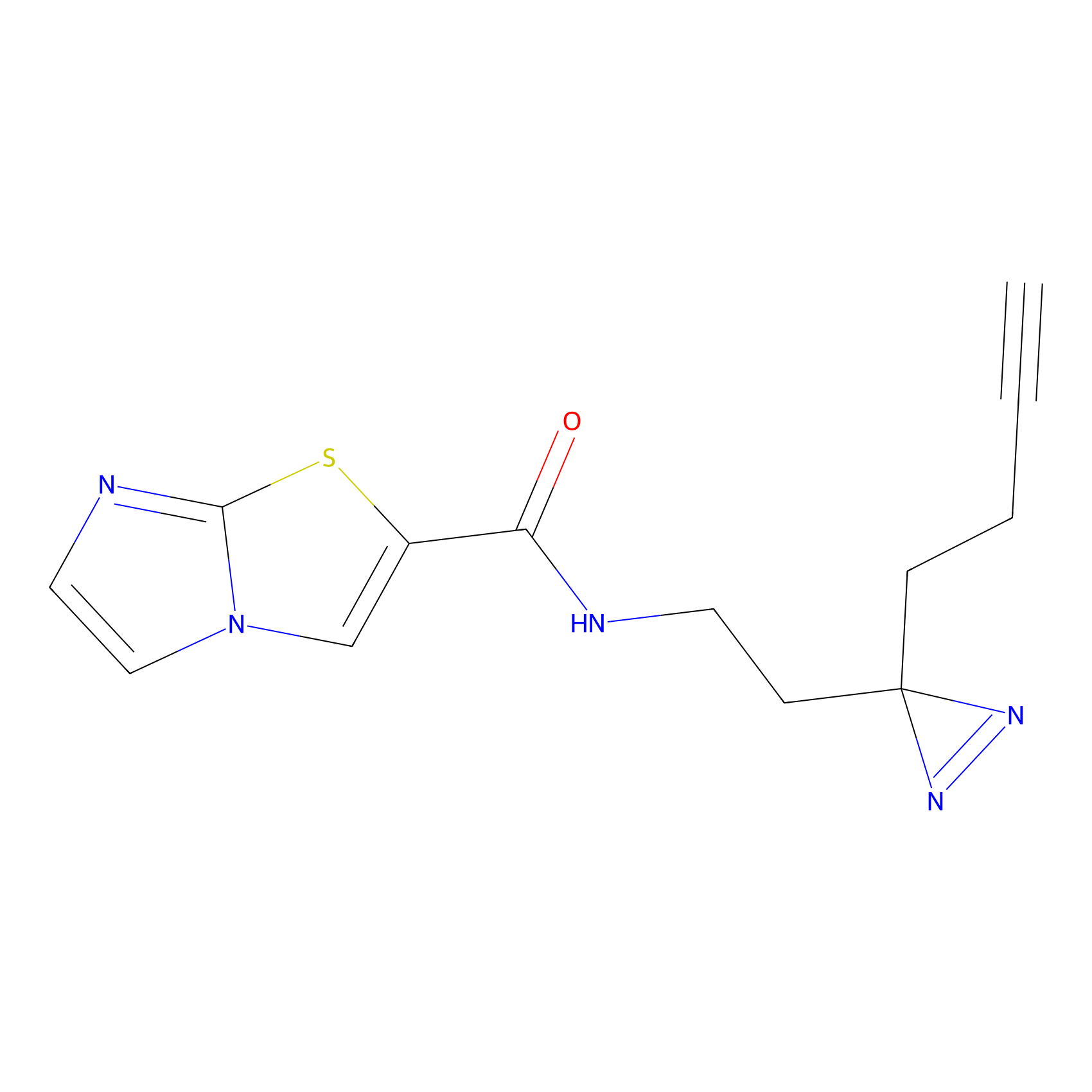 |
6.68 | LDD2048 | [2] | |
|
STS-1 Probe Info |
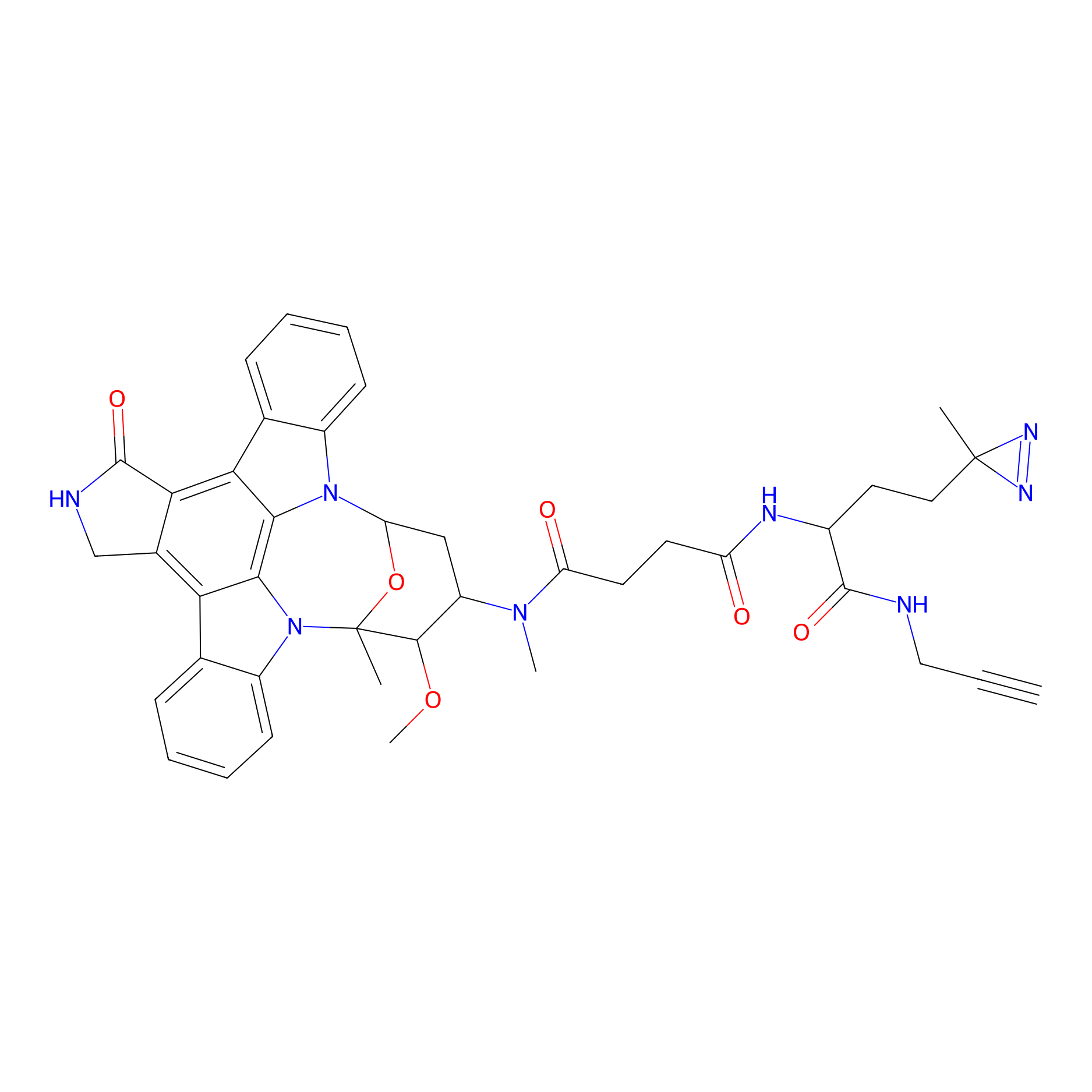 |
N.A. | LDD0136 | [3] | |
Competitor(s) Related to This Target
The Interaction Atlas With This Target
The Protein(s) Related To This Target
Immunoglobulin
References
